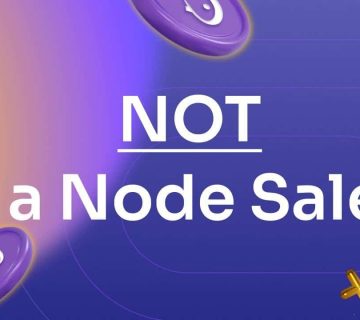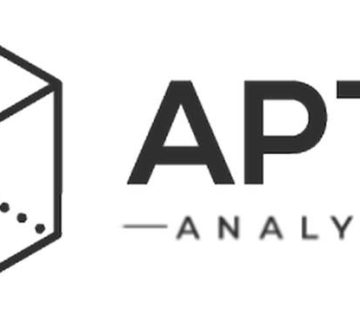The crypto industry has been booming, with discussions about the future of trading financial assets, as well as the possibility of putting them on-chain. Some of the major players in the financial world, such as BlackRock, are starting to take notice of the transformative power of blockchain-based technology.
This begs the question of what’s next. And in this conversation, real-world assets (RWAs) have definitely emerged as a frontier, capturing the spotlight with their potential.
RWAs: A Rapidly Evolving Landscape
The tokenization of real-world assets is undoubtedly reshaping the field of traditional finance, merging tangible assets with blockchain technology. This intersection has already created an expanding ecosystem where traditional assets are revamped and put on the blockchain as digital tokens.
The growth of this sub-section is evident, demonstrating the increased adoption of asset tokenization, as well as its potential to reimagine financial markets.
Some experts are forecasting that tokenizing illiquid assets could unlock a market worth up to $4 trillion by 2030 – an ambitious projection highlighting the scale of the opportunity, as well as blockchain’s ability to solve inefficiencies in the world of traditional finance.
What is Behind the Growth of RWAs?
There are several factors that fuel the rapid expansion of the real-world asset market and they are setting the stage for a paradigm shift in the way financial assets are being traded and even managed.
These include, but are not limited to:
Improved Liquidity
In essence, tokenization aims to convert assets that could be traditionally illiquid into tokens that are very easy to trade. This is capable of increasing the liquidity, which could play a transformative role for certain specific areas such as real estate, private equity, and art – all fields that have historically required long holding periods, while also being subjected to relatively high barriers to entry.
Fractional Ownership
One of the more exciting aspects of RWAs is the ab
Go to Source to See Full Article
Author: Guest Author







